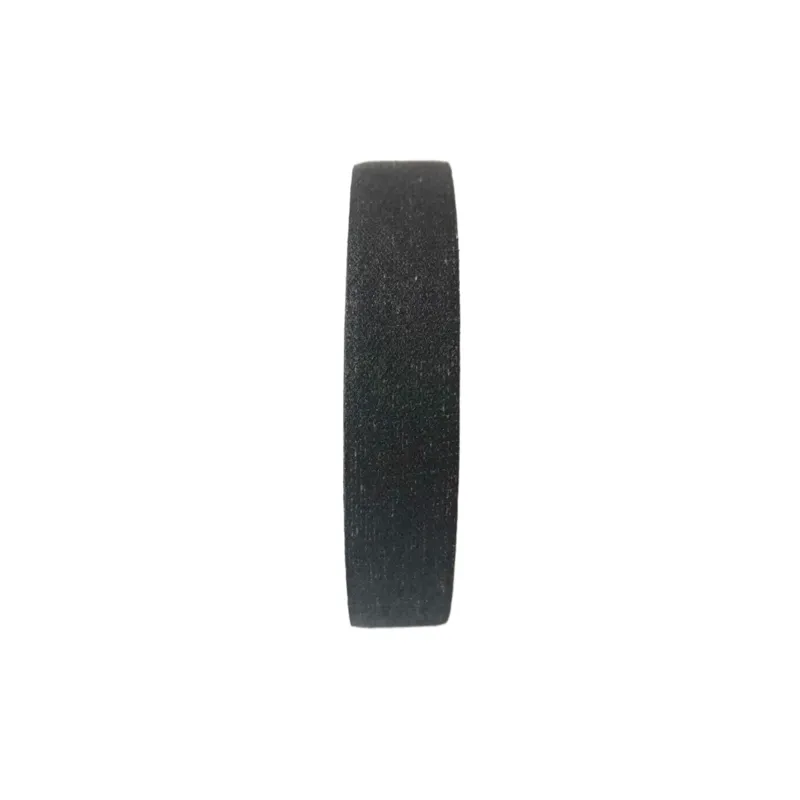butyl rubber waterproofing
Back to list
Jan . 19, 2025 01:09
Butyl rubber waterproofing has emerged as a game-changer in the construction and renovation industry. Its exceptional properties offer a robust solution for safeguarding structures against the damaging effects of moisture and water ingress. Drawing on years of experience in the field, it's clear that butyl rubber's flexibility, durability, and impermeability make it a preferred choice for a variety of waterproofing applications.
From a practical standpoint, the ease of application also contributes to butyl rubber’s popularity. It adheres well to a variety of surfaces, including metal, concrete, and wood, without the need for primers in most cases. This adaptability can significantly reduce preparation time and labor costs. Furthermore, its non-toxic nature and low VOC emissions make it an environmentally friendly option that aligns with sustainable building practices. When considering the total cost of waterproofing a structure, butyl rubber offers competitive advantages. Its durability contributes to a lower lifecycle cost compared to materials that may require more frequent maintenance or replacement. This cost-efficiency becomes particularly evident in large-scale projects, where material longevity can lead to substantial savings. Butyl rubber is also gaining traction in eco-friendly construction initiatives. Its ability to reduce energy costs through improved insulation and its compatibility with green roofs and other sustainable architectural features make it an appealing choice for those committed to reducing their carbon footprint. In conclusion, butyl rubber waterproofing provides a compelling solution for both residential and commercial applications. Its combination of flexibility, durability, and environmental compatibility, backed by decades of successful use, makes it a material that both experts and novices alike can trust for effective moisture management. As building practices continue evolving towards more sustainable and efficient methodologies, butyl rubber is well-positioned to remain at the forefront of waterproofing technologies.


From a practical standpoint, the ease of application also contributes to butyl rubber’s popularity. It adheres well to a variety of surfaces, including metal, concrete, and wood, without the need for primers in most cases. This adaptability can significantly reduce preparation time and labor costs. Furthermore, its non-toxic nature and low VOC emissions make it an environmentally friendly option that aligns with sustainable building practices. When considering the total cost of waterproofing a structure, butyl rubber offers competitive advantages. Its durability contributes to a lower lifecycle cost compared to materials that may require more frequent maintenance or replacement. This cost-efficiency becomes particularly evident in large-scale projects, where material longevity can lead to substantial savings. Butyl rubber is also gaining traction in eco-friendly construction initiatives. Its ability to reduce energy costs through improved insulation and its compatibility with green roofs and other sustainable architectural features make it an appealing choice for those committed to reducing their carbon footprint. In conclusion, butyl rubber waterproofing provides a compelling solution for both residential and commercial applications. Its combination of flexibility, durability, and environmental compatibility, backed by decades of successful use, makes it a material that both experts and novices alike can trust for effective moisture management. As building practices continue evolving towards more sustainable and efficient methodologies, butyl rubber is well-positioned to remain at the forefront of waterproofing technologies.
Next:
Latest news
-
XIANGFAN Rubber Tape-Ultimate Solutions for All Your Insulation NeedsNewsJun.24,2025
-
XIANGFAN Rubber Tape-Protection for Industrial and Residential ApplicationsNewsJun.24,2025
-
XIANGFAN Rubber Tape: Superior Safety and Sealing for Demanding EnvironmentsNewsJun.24,2025
-
XIANGFAN Rubber Tape: Reliable Solutions for Every Electrical ChallengeNewsJun.24,2025
-
XIANGFAN Electrical & Industrial Tape: Powering Reliability Across IndustriesNewsJun.24,2025
-
XIANGFAN Electrical & Industrial Tape: Excellence in Every ApplicationNewsJun.24,2025
